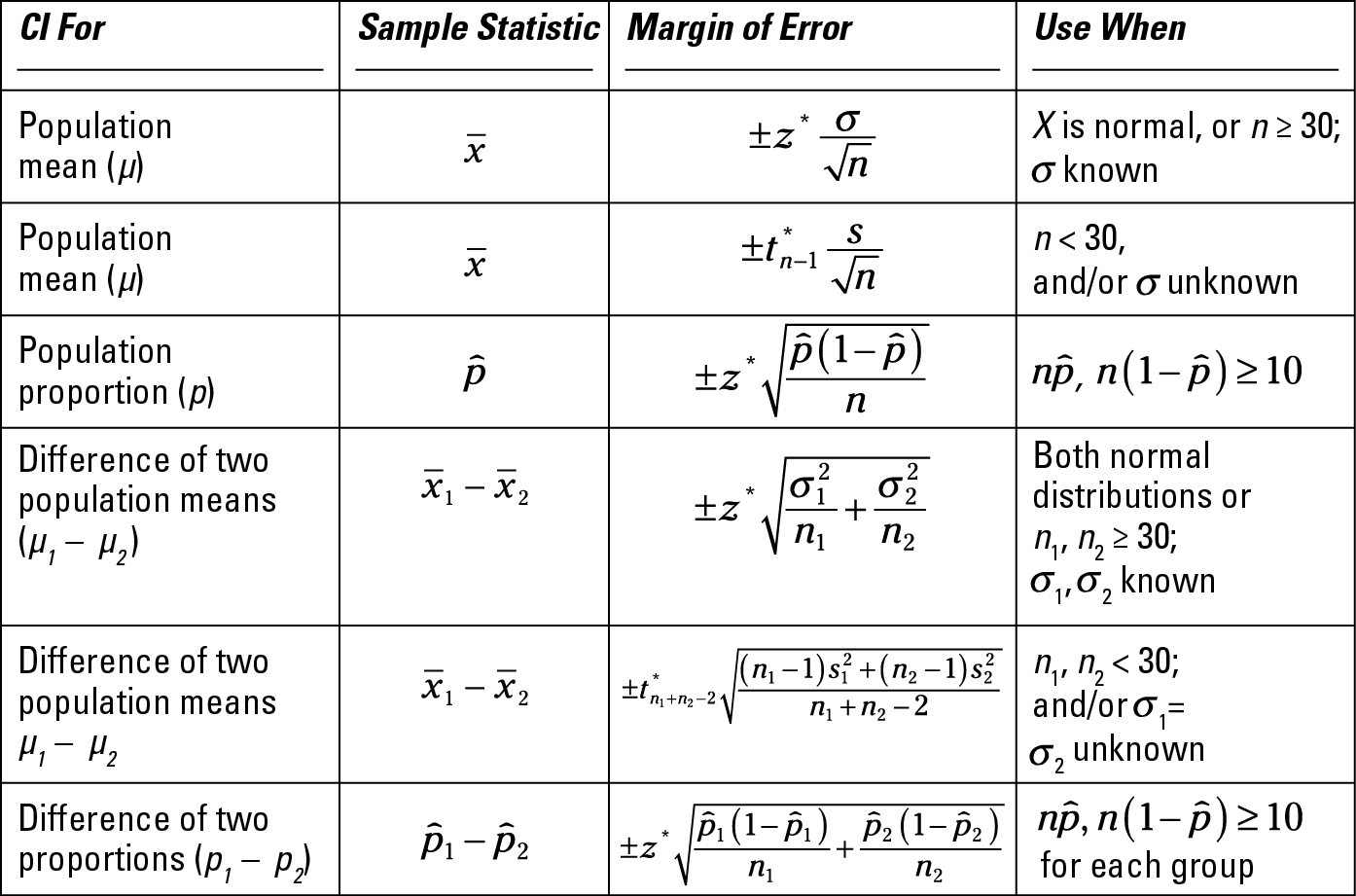When working with QuickBooks 2012, it's helpful to understand the theory of capital budgeting. Capital budgeting boils down to the idea that you should look at capital investments (machinery, vehicles, real estate, entire businesses, yard art, and so on) just as you look at the CDs (certificates of deposits) that a bank offers.
Don’t worry — you actually already know how to do this. When you buy a bank CD, you essentially look at one big thing and then a couple of small things in order to decide whether a CD makes sense. The big thing is the interest rate. The two small things are the CD maturity and the risk.
Interest rates and capital budgeting
The big thing is the interest rate that a CD pays. You want to earn the highest return possible on your money. Therefore, you want a CD that pays a high interest rate! An 8 percent interest rate is better than a 6 percent interest rate. And a 12 percent interest rate is way better than a 6 percent interest rate.
You can also look at the interest rates earned on capital investments. You should know that interest rates don’t typically go by that name in capital investing. For some strange reason, the interest rate that a capital investment (like a piece of machinery, vehicle, or real estate) earns is called a return on investment, or a rate of return.
But it’s the same thing. The rate of return or return on investment (or ROI) is really just the interest rate that a capital investment or capital expenditure pays.
The return is important because it shows the profitability of the investment, albeit as a percentage of the investment. The first thing that you need to know about the theory of capital budgeting is that the big thing that matters is the return.
Maturity and capital budgeting
The first little thing that you also look at in the case of a certificate of deposit is the maturity. The maturity simply refers to the amount of time that your money gets tied up in the investment.
For example, you may not want a one-month CD. That short maturity means you have to roll over or reinvest the CD at a new, perhaps lower, rate of return in a month.
On the other hand, you may also want to avoid tying up your money for a long period, such as 40 years. Tying up your money for a very long time period means that you won’t be able to get to the money if a new, better opportunity comes along.
You probably see very few opportunities that are so good, so surefire, so long term that they warrant tying up your money for decades and decades, right?
In the case of capital investments, you don’t actually use the word maturity in most situations. Instead, you should use a term called liquidity, which simply means how close an investment is to cash or how quickly an investment returns or pays back the cash that you’ve invested.
You can measure liquidity in a bunch of different ways. The key thing to remember about liquidity is this: Liquidity isn’t as important as the return on investment.
Remember, the return shows profitability. Nevertheless, you do want to think about the liquidity of a capital investment. What you think depends on your circumstances. In different circumstances, you prefer capital investments with different degrees of liquidity.
Risk and capital budgeting
With CDs, government insurance programs such as the Federal Deposit Insurance Corporation (FDIC) reduce the risk of investing. But the risks still matter, right? If you’re over the limits of insurance coverage, you don’t put all your money in the same bank.
Even if you’re under the FDIC insurance limits, you don’t put money into a bank that is at risk of going under. Do that and you’ll have the hassle of getting your money back.
Typically, you also carefully select CD-like investments, such as debentures, which some finance companies offer to CD investors. Again, that makes sense. Risk — the chance that maybe you won’t be repaid, or maybe not all your interest will be repaid — is one of the things that you want to consider when you talk about CDs.
In the same way that risk matters to CDs, risk matters to capital investments. In fact, risk probably matters more in the latter case. No government agency guarantees that some capital investment will deliver the returns that you plan on.
For this reason, you must consider the risk of capital investments. You can consider risk both quantitatively (which means using measurements that produce values that measure the risk) and qualitatively (which means relying on your gut).
dummies
Source:http://www.dummies.com/how-to/content/the-theory-of-capital-budgeting-and-quickbooks-201.html
 >
>

